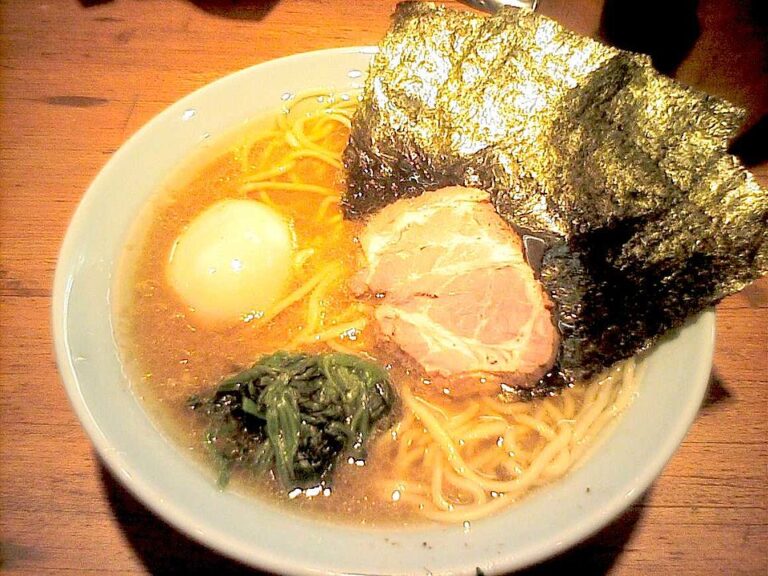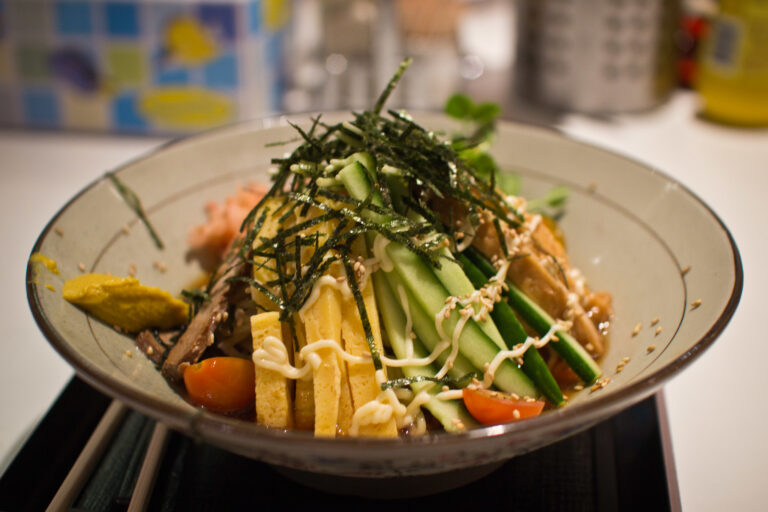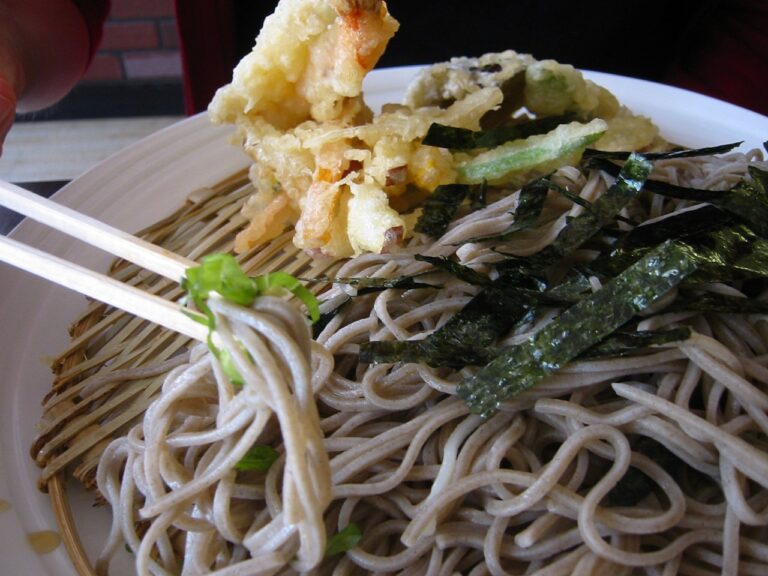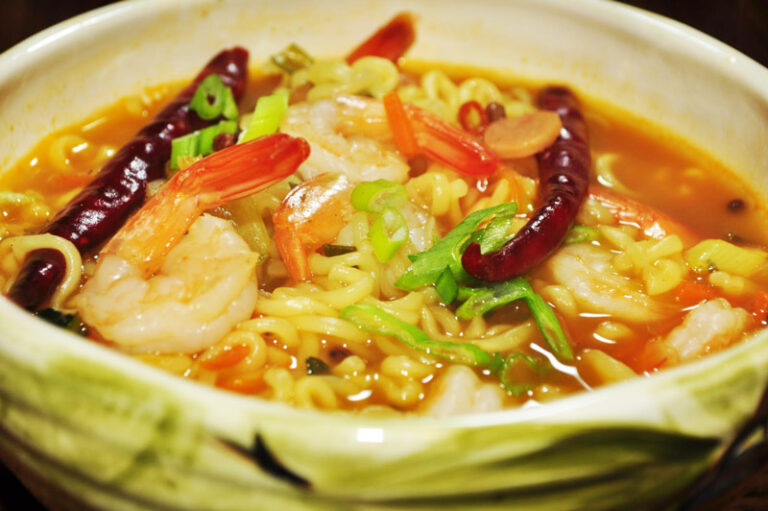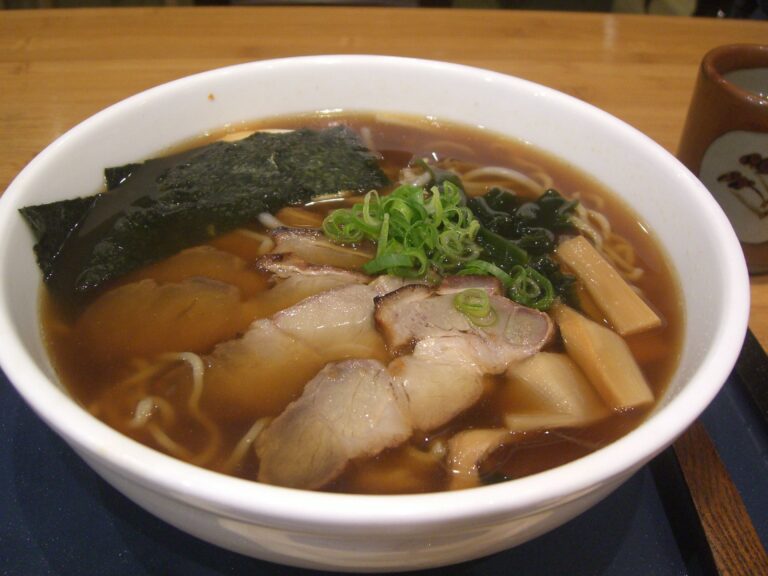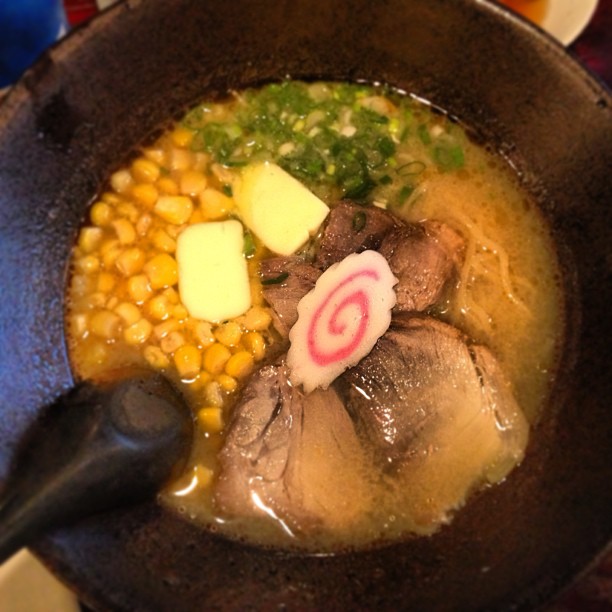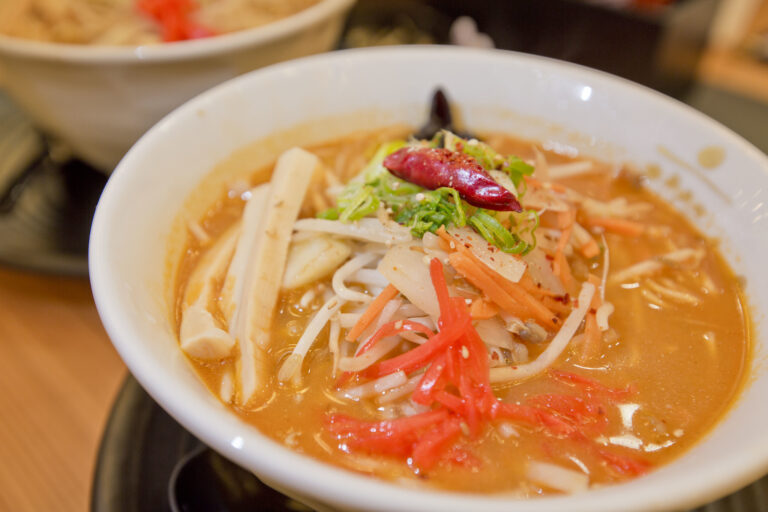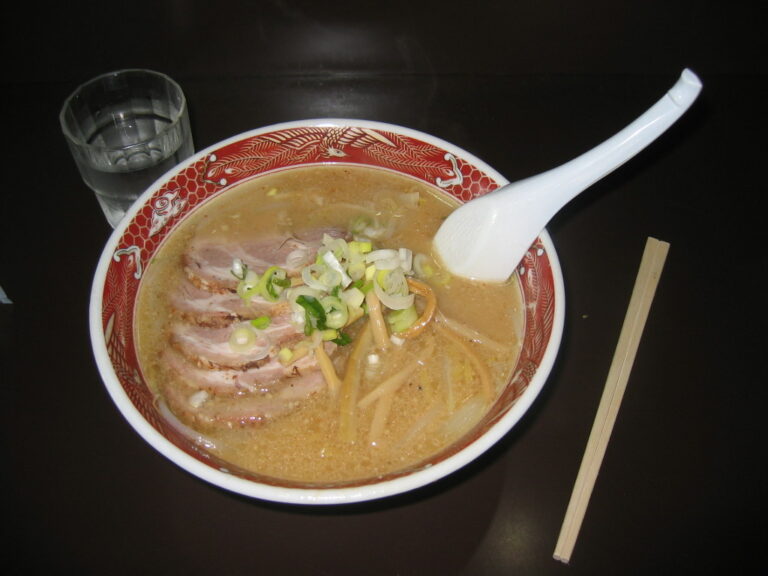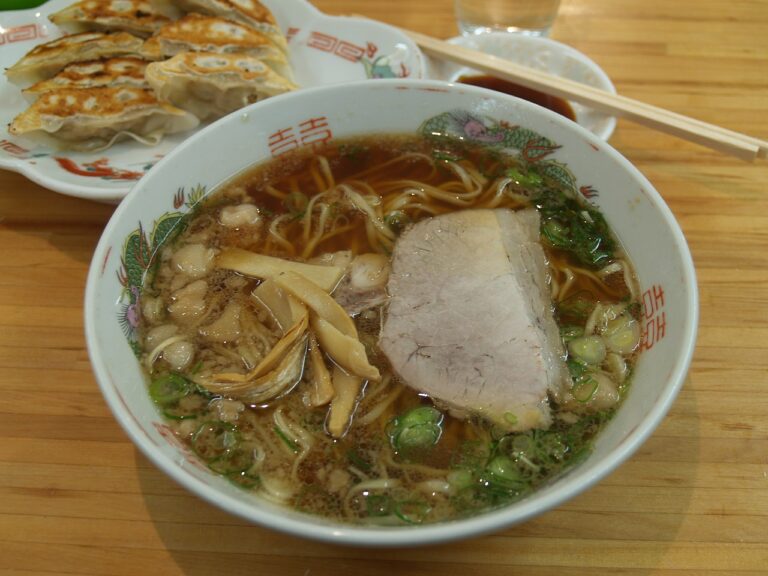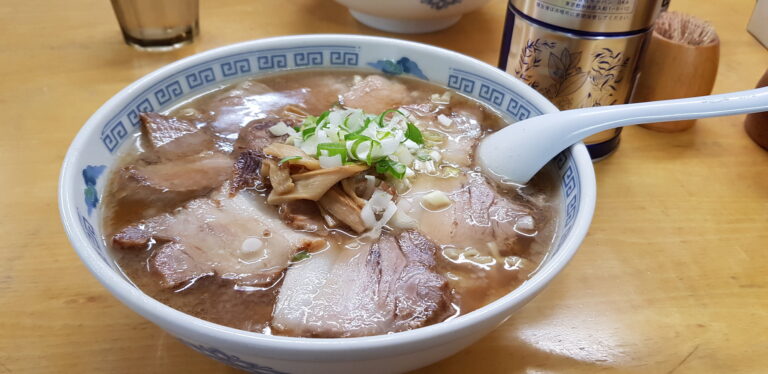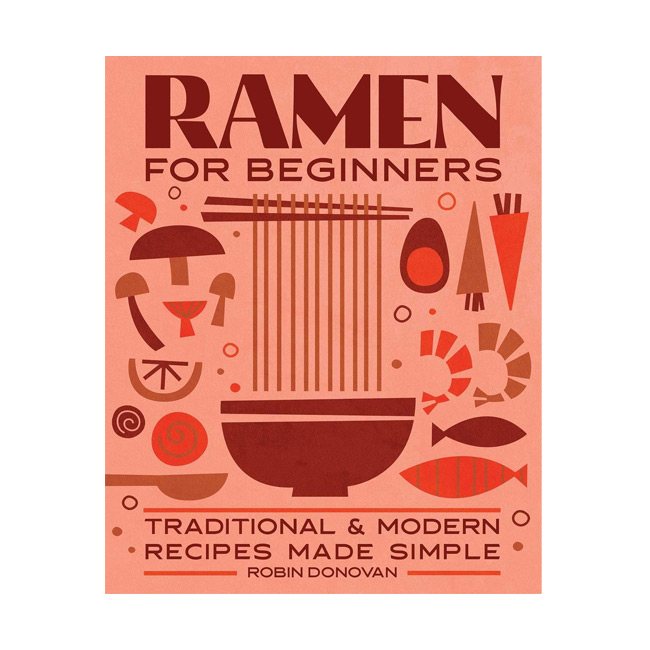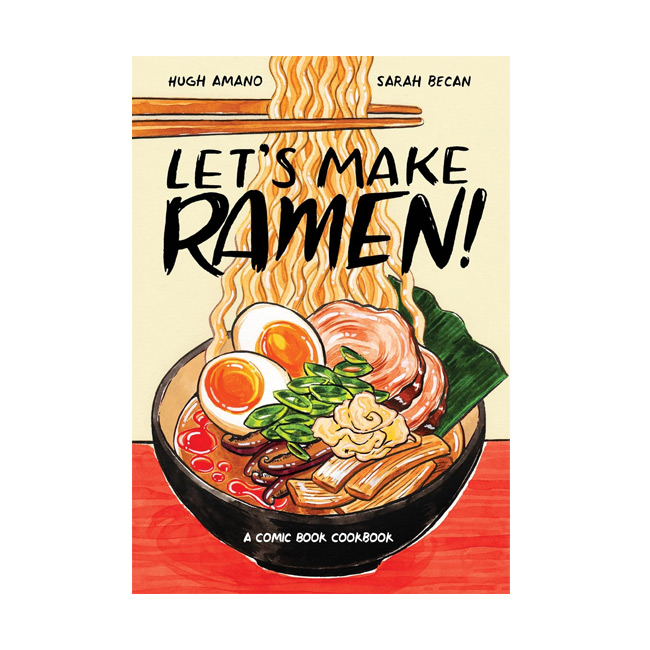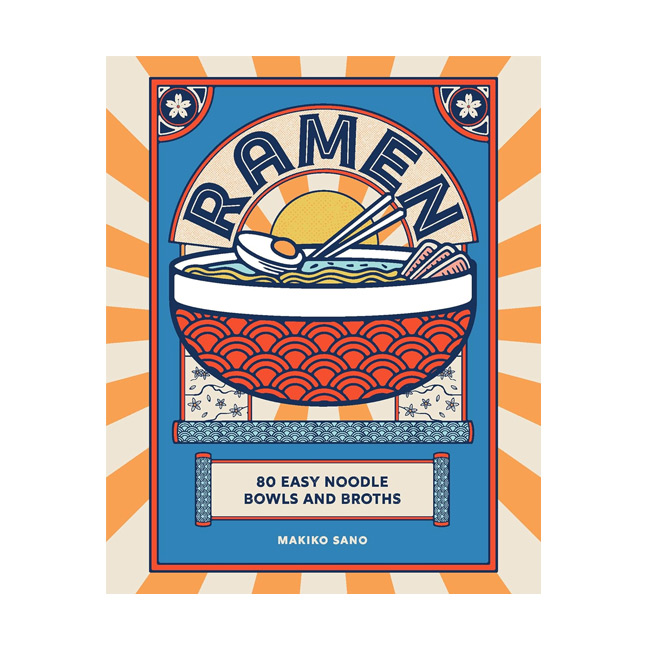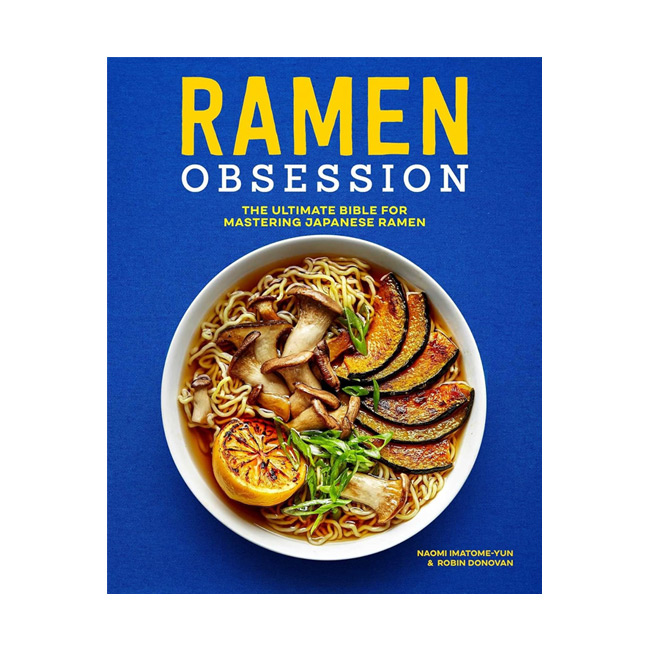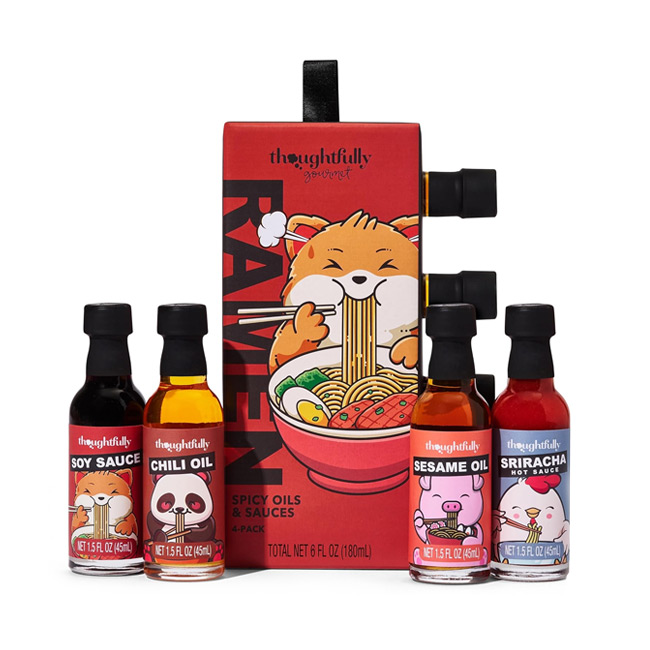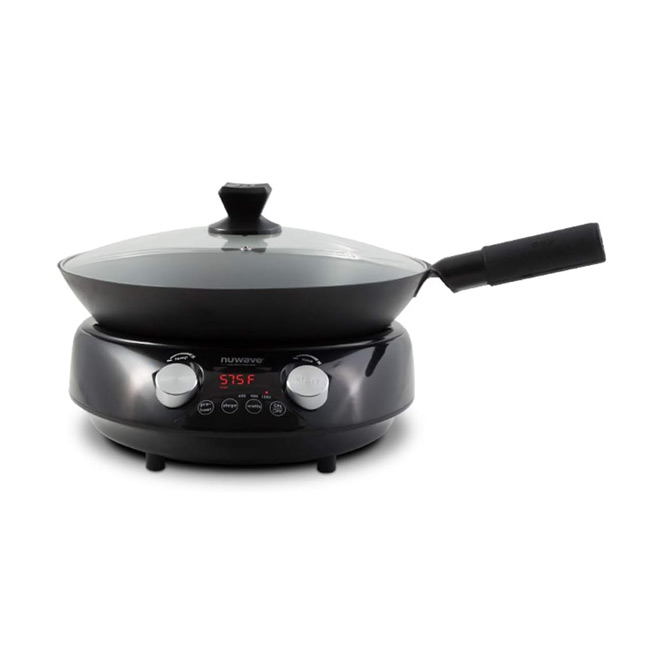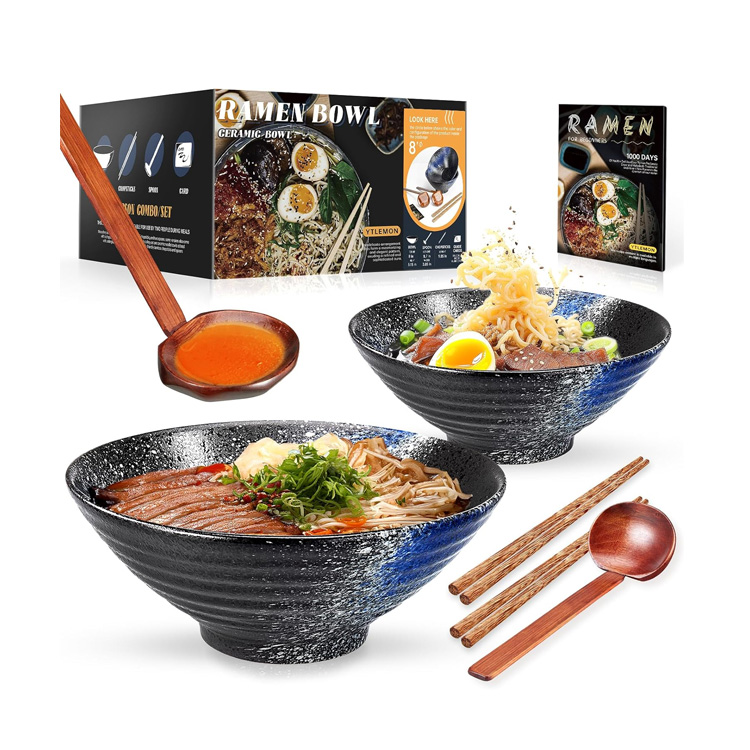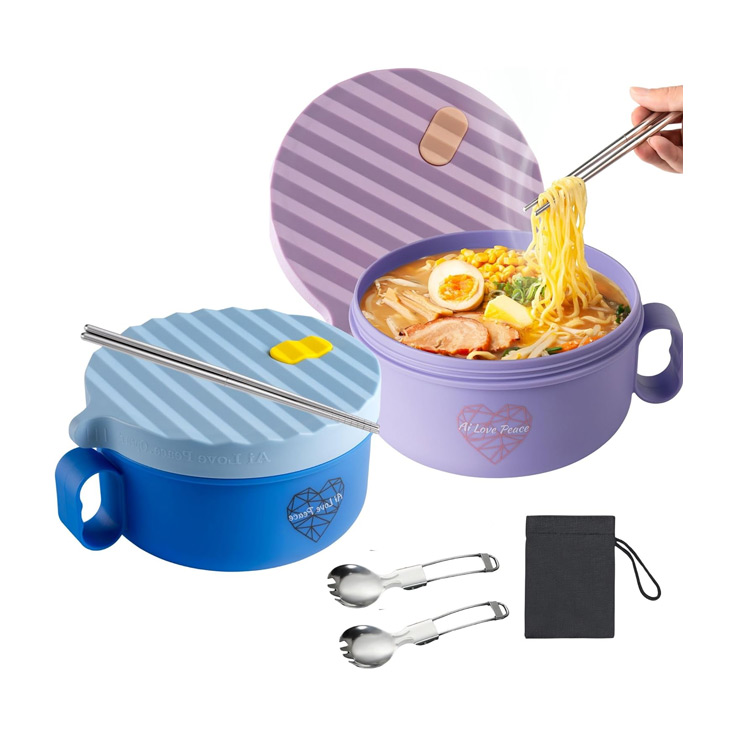Shoyu ramen, also known as shoyu ramen, is a popular style of Japanese ramen that features a soy sauce-based broth (the word “shoyu” is Japanese for “soy sauce”). This type of ramen is best known for its clear, brown broth and a slightly tangy and savory flavor.
Shoyu ramen is umami-rich, which makes it a standout choice among the many ramen varieties available. The key to its distinctive taste lies in the soy sauce-based broth, which has a depth and complexity that is just very, very satisfying! So, if you are looking for a simple yet nuanced flavor, shoyu is a great choice. It’s also a speciality in many restaurants, so the quality should be top-notch.
Did you know?…
The First Bowl of Ramen in Japan
The earliest documented bowl of ramen in Japan was actually shoyu-based. In 1910, a Tokyo restaurant called Rairaiken in Asakusa started serving Chinese-style noodles in a soy-sauce-flavored broth with toppings like roasted pork, bamboo shoots, and nori. It was advertised as a foreign novelty at first, but quickly became popular with Tokyo’s working class because it was cheap and filling.
Shoyu Ramen
Broth
The broth for shoyu ramen is typically made from a combination of chicken or pork bones, vegetables, and soy sauce. This blend is what gives the ramen its savory and slightly tangy broth flavor. The broth itself is clear and less fatty compared to tonkotsu ramen, which is known for its rich, creamy, and opaque broth – as it’s made primarily from pork bones (tonkotsu broth).
The preparation of the broth involves simmering chicken or pork bones for several hours, which extracts the flavors and collagen from the bones. As I mentioned above, the defining ingredient for the broth, though, is soy sauce.
Shoyu Ramen
Noodles
The noodles used in shoyu ramen are usually medium-thin, curly, and slightly firm to the bite. The medium-thin thickness of the noodles makes them substantial enough to give you a satisfying chew but not so thick that they overpower the delicate balance of flavors in the shoyu broth.
The curly shape of shoyu noodles is also a great choice because it allows the noodles to hold the lighter broth more effectively. So, in short: The combination of medium-thin, curly, and slightly firm noodles ensures that shoyu ramen is both satisfying and well-balanced. A win-win.
Shoyu Ramen
Toppings
Common toppings for shoyu ramen include slices of chashu (braised pork belly), bamboo shoots (menma), green onions (negi), nori (dried seaweed), a soft-boiled egg (ajitsuke tamago), and sometimes narutomaki (fish cake with a pink swirl).
And of course, you can always customize it to your taste—some people like adding corn or butter for extra richness, while others throw in spicy chili oil or garlic for a kick. The beauty of shoyu ramen is that it’s super versatile, so whether you keep it simple with just noodles and broth or load it up with all the toppings, it still hits the spot.
A brief history of Shoyu Ramen
The origins of ramen in Japan can be traced back to the early 20th century, when Chinese immigrants introduced wheat noodles served in a savory broth. Over time, Japanese chefs began to experiment and adapt these recipes, incorporating local ingredients and flavors.
Shoyu ramen emerged as one of the earliest and most popular styles of ramen in Japan. It is believed to have originated in the Tokyo area in the early 1900s. This style quickly gained popularity due to its appealing taste and relatively light, clear broth compared to the richer, creamier tonkotsu ramen.
During the post-World War II era, ramen became increasingly popular across Japan, evolving from a street food to a staple of Japanese cuisine.
Did you know?…
Tokyo’s Signature Style
In the mid-20th century, when ramen started spreading across Japan, each region developed its own style (e.g., miso in Sapporo, tonkotsu in Hakata). Tokyo’s identity became strongly tied to shoyu ramen, usually featuring a clear chicken or pork broth seasoned with soy sauce. Even today, many old-school Tokyo ramen shops proudly serve shoyu as their flagship bowl.
Shoyu Ramen recipe
Ingredients For the Broth:
- 4 cups chicken stock
- 4 cups dashi stock
- 1 onion, halved
- 3 cloves garlic, smashed
- 1-inch piece of ginger, sliced
- 1/4 cup soy sauce
- 2 tablespoons mirin
- 2 tablespoons sake
- 1 tablespoon sugar
Ingredients For the Toppings:
- 4 slices chashu (braised pork belly)
- 4 soft-boiled eggs (ajitsuke tamago)
- 1 cup bamboo shoots (menma)
- 1 sheet nori (seaweed), cut into strips
- 2 green onions (negi), chopped
- 4 slices narutomaki (optional)
For the Noodles:
- 4 servings of fresh or dried ramen noodles
Instructions:
Prepare the Broth:
- In a large pot, combine the chicken stock, dashi stock, onion, garlic, and ginger.
- Bring to a boil, then reduce heat and simmer for 20-30 minutes.
- Strain the broth to remove the solids.
- Return the clear broth to the pot and add soy sauce, mirin, sake, and sugar.
- Simmer for another 10 minutes to allow the flavors to meld.
Prepare the Noodles:
- Cook the ramen noodles according to the package instructions.
- Drain and set aside.
Assemble the Ramen:
- Divide the cooked noodles among four bowls.
- Pour the hot broth over the noodles.
- Top each bowl with a slice of chashu, a soft-boiled egg (halved), bamboo shoots, a strip of nori, chopped green onions, and a slice of narutomaki if using.
Serve the ramen hot and enjoy!

